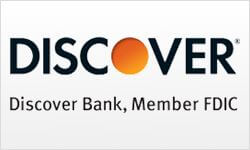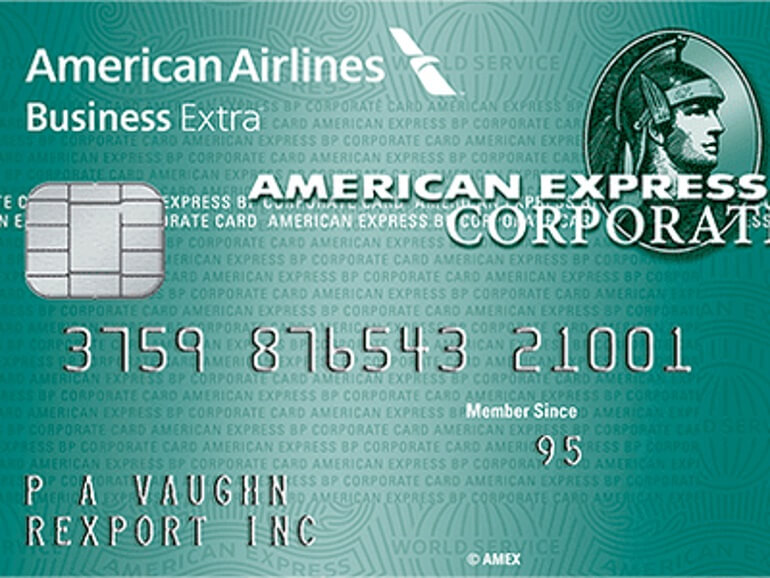
Debt isn’t just common in America — it’s the norm.
According to Northwestern Mutual’s 2018 Planning and Progress Study, more than 75% of people are in debt. Those in debt owe over $38,000 on average, and that’s before you include a mortgage. Additionally, 20% of respondents said they spend at least half of their income on loan payments.
Accredited Debt Relief is one of many debt relief companies that consumers can turn to when they’re struggling with overwhelming debt.
Here’s everything you need to know about Accredited Debt Relief and its services.
Unlike other debt relief companies, which may focus on one product or debt relief program, Accredited Debt Relief is a referral service. The company’s representatives will review your situation and recommend other companies that can best help you manage or settle your debt.
Accredited Debt Relief works with partners that offer four types of debt relief services. Depending on the program, you may be able to lower your monthly payment, decrease your interest rate, simplify the repayment process, settle for less than your balance or eliminate debts.
Want to learn more about Accredited Debt Relief? Here’s a comprehensive look at its services and requirements.
|
Services offered |
|
|
Minimum debt required |
$7,500 in unsecured debt |
|
Credit check |
Yes, in some cases |
|
Debt settlement timeline |
12 – 48 months |
|
Consultation fees |
No fee for an initial consultation |
|
Cancellation fees |
N/A |
|
Service fees |
Generally 5%-7% of the debt that you enroll in a program |
|
Types of debt accepted |
|
|
Accreditations |
|
|
Ratings |
|
|
Service limitations |
Availability of services may depend on your state of residency |
|
Free tools and resources |
No |
|
Customer service |
Several reviews complain of poor, pushy or unresponsive customer service representatives. But most reviewers on Trustpilot say the service is polite, professional and helpful. |
Because Accredited Debt Relief can help you determine which program is best for your circumstances, it may be less risky than working with a debt relief company that only offers one service. Even so, consider the pros and cons of a particular program before enrolling.
Here are a few general benefits and risks to working with Accredited Debt Relief or trying one of the programs its partners offer:
|
Benefits |
Risks |
|---|---|
|
Accredited Debt Relief can connect you with a variety of service providers depending on your situation |
Some options, such as debt settlement and bankruptcy, could hurt your credit |
|
You may be able to settle your debt for less than you owe |
If you stop making payments, you could wind up being sued by the creditor or debt collector |
|
You can hire a company to negotiate with your creditors on your behalf |
The fees you pay could extend your repayment time |
|
With a debt settlement program, you won’t have to pay any fees until after your debts are settled |
Accredited Debt Relief representatives are paid on commission and have a financial incentive to get you to enroll in a program |
The fees you’ll pay can vary depending on the program, service provider and where you live.
With debt settlement, you should only pay a fee once a debt is settled. The fee may be a percentage of the debt you enroll in the program or a percentage of your savings. If a company asks you to pay an upfront fee for a debt settlement program, that’s a red flag that the company isn’t trustworthy.
Accredited Debt Relief says, on average, clients pay about 50% of the balance they enroll in the program to their creditors. But the total cost is 68% to 75% of the total enrolled debt once you include the fees. It’s still a savings compared to paying the balance in full, but you may want to compare debt settlement companies’ fees to see if you can find a trustworthy company that offers a low fee.
Credit counseling organizations may charge you an enrollment fee and monthly fee for a debt management plan.
Debt consolidation might not have any ongoing fees, but some lenders could charge you an origination fee on your consolidation loan. The origination fee, which could be around 1% to 6% of the loan amount, may be taken out of your loan before the lender distributes the loan. Some lenders don’t charge an origination fee, although you may need good credit to qualify for a loan.
Even bankruptcy isn’t free. Costs can vary depending on where you live and the type of bankruptcy, but you may have to pay for court filing and credit counseling. Add on attorney’s fees, and you could wind up spending several thousand dollars.
Your timeline can also depend on which program is best for your circumstances.
For example, a debt settlement program could take 12 to 48 months to complete. During this time, you’ll generally stop making payments on your accounts. As a result, you may incur late payment fees. And those late payments could hurt your credit.
But you’ll start making monthly payments into an account that you set up with the help of the debt settlement company. Once you have enough money in the account to offer your creditor a settlement and cover the debt settlement company’s fee, the company will try to get a settlement agreement from your creditor. Accredited Debt Relief says, on average, clients will settle at least one account within the first three to five months. There’s no guarantee a creditor will settle your account, though, and you could be stuck owing the larger balance.
Other programs could take more or less time to complete. Loan consolidation can be a relatively quick process, as you’re simply applying for a loan and waiting for the lender to pay off your creditors. But a debt management plan might take three to five years to complete.
Accredited Debt Relief has many positive reviews from past customers and could be a safe place to start your search for a solution to your debt-related problems. But Accredited Debt Relief refers you to other companies (here’s a list of some partners), and you may want to vet each of those service providers before signing up.
Working with a debt relief company isn’t your only option for dealing with overwhelming debt. You may be able to put in place some of the same tactics that debt relief companies use but save money by taking a DIY approach. Or you may be better off trying a completely different tactic.
Debt consolidation is one of the services that Accredited Debt Relief offers, but it’s also something you can do on your own. Consolidation involves taking out a new loan to pay off your existing debts. Debt consolidation loans are often personal loans. But, in some cases, you may be better off opening a balance transfer credit card with a promotional 0% APR period and moving the debt to the card.
If you’re pursuing a personal loan for your debt consolidation, you may be able to compare offers using LendingTree’s debt consolidation loan tool. You’ll input some personal information before possibly getting matched with up to five different lenders.
Pros
Cons
Minimum Credit Score
months
LendingTree is our parent company. LendingTree is unique in that you may be able to compare up to five personal loan offers within minutes. Everything is done online and you may be pre-qualified by lenders without impacting your credit score. LendingTree is not a lender.
Accredited Debt Relief may refer you to a credit counseling company that offers debt management plans. Credit counseling organizations are often nonprofits, and you can check to see if the organization is accredited by the National Foundation for Credit Counseling (NFCC). You can also look for NFCC-accredited credit counseling organizations on your own and compare their debt management plans, pricing and reviews.
Pros
Cons
You can hire a company to negotiate a settlement on your behalf, or you could negotiate and settle debt accounts on your own. While a do-it-yourself approach could take more work and discipline, it may be a worthwhile use of your time.
Pros
Cons
If you don’t stick to your plan, you might wind up hurting your credit and go deeper into debt due to fees and interest.
Chapter 7 and Chapter 13 bankruptcy are the two common types of personal bankruptcy that may be able to help you manage your debts. Chapter 7 bankruptcy could wipe away your unsecured debts, but you’ll also have to sell nonexempt possessions. You’ll be able to keep exempt property, which varies by state but may include a vehicle and some personal property. A Chapter 13 bankruptcy could restructure your debt and set you up with a more manageable monthly payment plan while allowing you to keep the personal property.
Pros
Cons
Advertiser Disclosure: The products that appear on this site may be from companies from which MagnifyMoney receives compensation. This compensation may impact how and where products appear on this site (including, for example, the order in which they appear). MagnifyMoney does not include all financial institutions or all products offered available in the marketplace.
TAGS:
Disclaimer
5.99% To 35.99% APR
See Offers
Advertiser Disclosure
6.99% To 14.99% APR
See Offers
Advertiser Disclosure
6.99% To 24.99% APR
See Offers
Advertiser Disclosure
3.34% To 16.99% APR
See Offers
By clicking “See Offers” you’ll be directed to our parent company, LendingTree. You may or may not be matched with the specific lender you clicked on, but up to five different lenders based on your creditworthiness.
Recommended by

This Cash Back Number May Surprise You

Best Travel Credit Cards With No Annual Fee

Getting Approved For 1 Of These Credit Cards Means You Have Excellent Credit

2 Credit Cards Charging 0% Interest until 2019
Source: https://www.magnifymoney.com/blog/pay-down-my-debt/accredited-debt-relief-review/
accredited debt relief bbb ratingaccredited debt relief customer reviewsaccredited debt relief reviewaccredited debt relief reviews bbbaccredited debt relief reviews redditCardsCredit Scorefinancial situation




